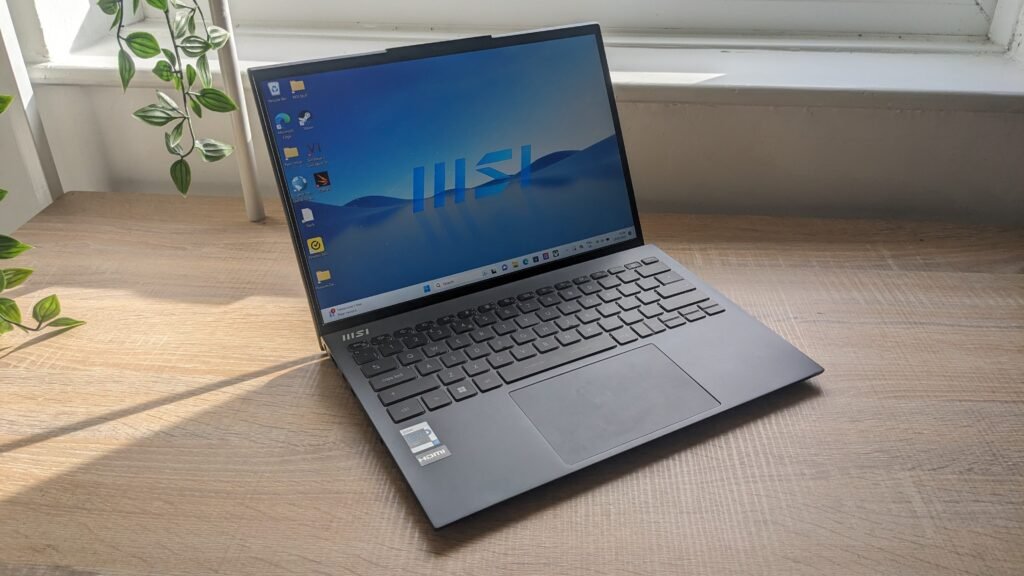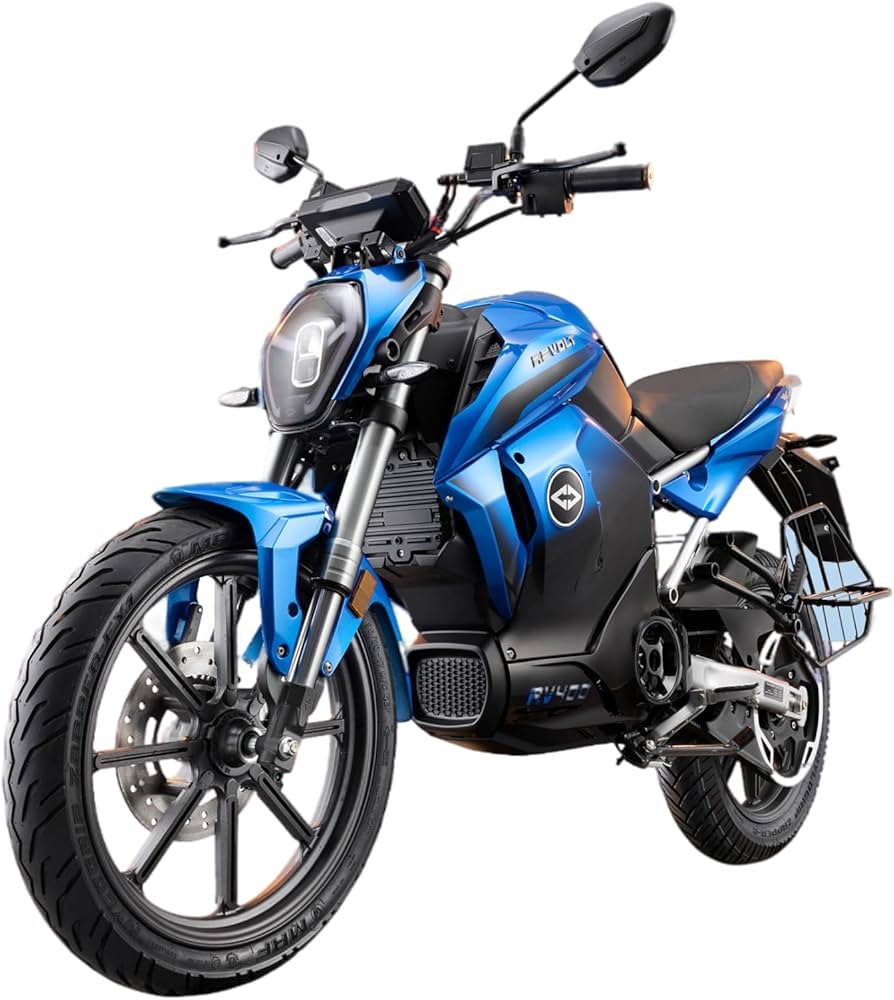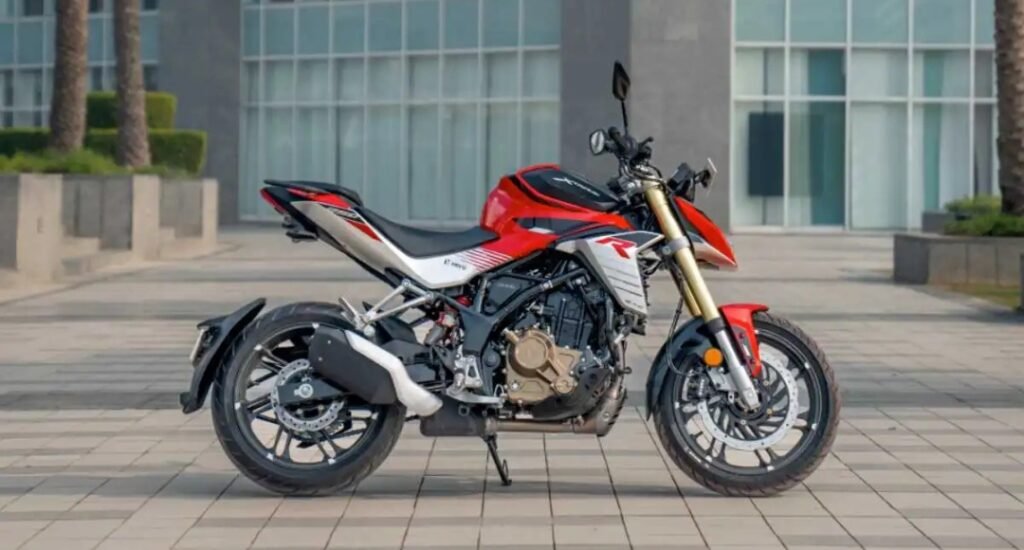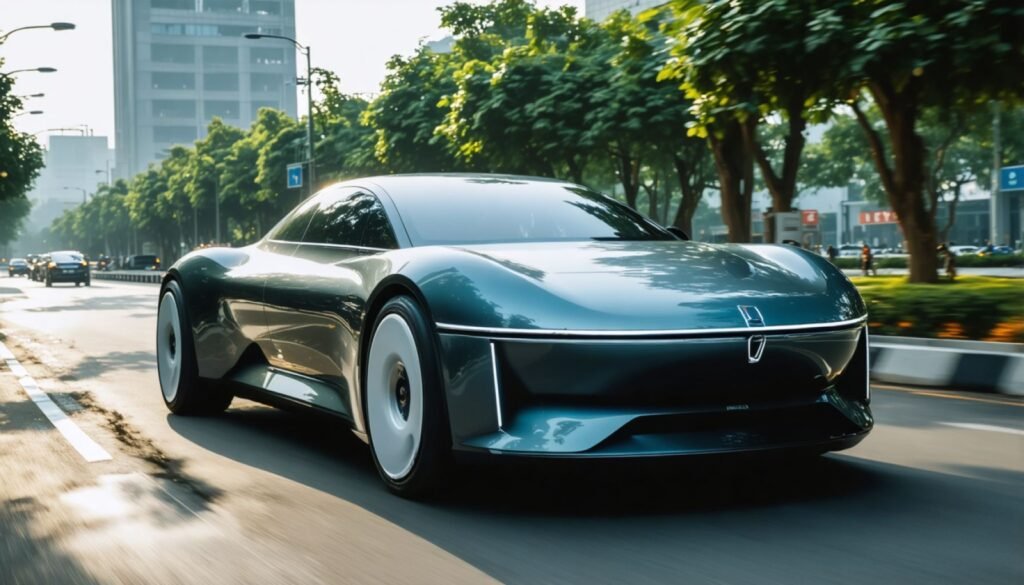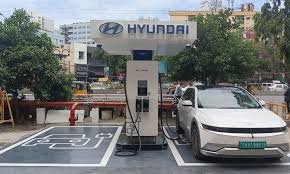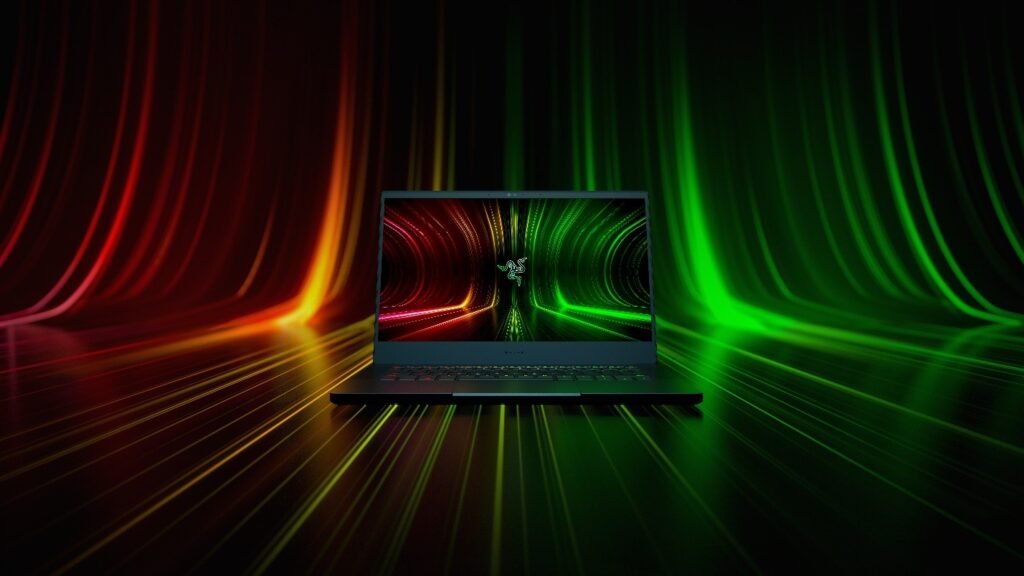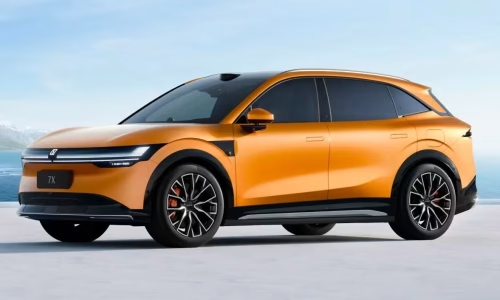In the ever-evolving world of gaming laptops, where raw power often comes at the cost of bulk and portability, the redesigned Razer Blade 14 for 2025 breaks convention in style. Merging cutting-edge performance hardware with an ultra-sleek design, Razer’s latest iteration is a testament to how far laptop engineering has come. With standout specs like an NVIDIA RTX 5070 GPU, AMD Ryzen AI 9 processor, a 3K OLED display, and support for up to 64GB of RAM, this device promises a no-compromise experience for gamers, content creators, and professionals alike. A Serious Graphics Upgrade The headline feature of the new Razer Blade 14 is its NVIDIA GeForce RTX 5070 GPU, part of the latest RTX 50 series graphics cards. Built on NVIDIA’s next-gen architecture, the RTX 5070 is engineered for performance and efficiency. It delivers significant gains in ray tracing, AI-assisted rendering, and DLSS 4.0, setting a new benchmark for visual fidelity and frame rates in portable gaming. This GPU isn’t just about playing the latest AAA titles on ultra-settings—it’s also ideal for real-time video editing, 3D rendering, and AI development workflows. Whether you’re diving into Cyberpunk 2077 or training deep learning models, the Blade 14 is ready for anything. Ryzen AI 9: Power with Intelligence At the heart of this machine lies the AMD Ryzen AI 9 processor, a CPU that blends raw computational performance with integrated AI acceleration. This isn’t your average chip—it’s designed to optimize power usage while delivering impressive multi-core speeds and support for on-device AI processing. It also brings native support for Windows Copilot and other AI-powered features that enhance productivity, content creation, and workflow efficiency. The Ryzen AI 9 processor ensures that your laptop is not only fast but also smart—able to anticipate your needs, optimize workloads, and extend battery life without manual tweaking. Stunning Visuals with 3K OLED The new Blade 14 features a 14-inch 3K OLED display that delivers breathtaking visuals. With true blacks, vibrant color reproduction, and an ultra-fast refresh rate, the screen is perfect for gamers and creatives alike. It covers 100% of the DCI-P3 color gamut, making it ideal for color-sensitive work such as video editing, digital art, and photography. The OLED display also supports variable refresh rates and low blue light emission, reducing eye strain during long sessions. Whether you’re in-game, editing a video, or just streaming Netflix in HDR, this display is designed to impress. Sleek Yet Expandable: Up to 64GB RAM A major standout feature of the redesigned Blade 14 is its expandability. Users can equip the device with up to 64GB of DDR5 RAM, a rare offering in ultra-thin gaming laptops. This flexibility ensures that the Blade 14 isn’t just for gaming—it’s a true mobile workstation capable of handling massive datasets, running multiple virtual machines, or managing high-end creative software suites. Ultra-Portable, Ultra-Refined Despite all its powerhouse specs, the Razer Blade 14 retains a remarkably thin profile at just 15.7mm. Built with a precision CNC aluminum chassis and anodized matte black finish, it combines durability with sophistication. The vapor chamber cooling system ensures temperatures remain in check without the need for bulky fans or vents, making it quieter and more efficient than ever before. At just over 1.8kg, it’s incredibly portable for a high-performance machine. Whether you’re heading to a LAN party, flying for business, or working in a coffee shop, this laptop travels well and looks great doing it. Final Thoughts The Razer Blade 14 (2025 redesign) isn’t just another gaming laptop—it’s a symbol of what’s possible when high-performance components are expertly fused into a sleek, portable form. With its RTX 5070 GPU, Ryzen AI 9 processor, 3K OLED display, and up to 64GB of RAM, this laptop meets the demands of the modern user head-on. Whether you’re a professional creator, gamer, or tech enthusiast, the Blade 14 delivers exceptional power in an impossibly thin chassis—proof that you really can have it all.
